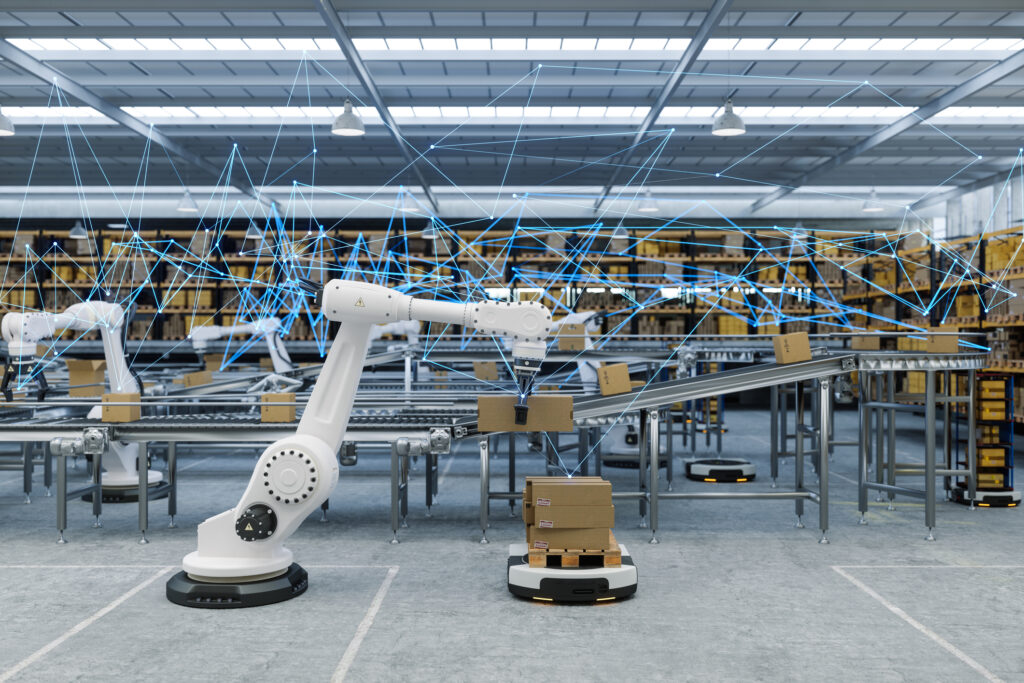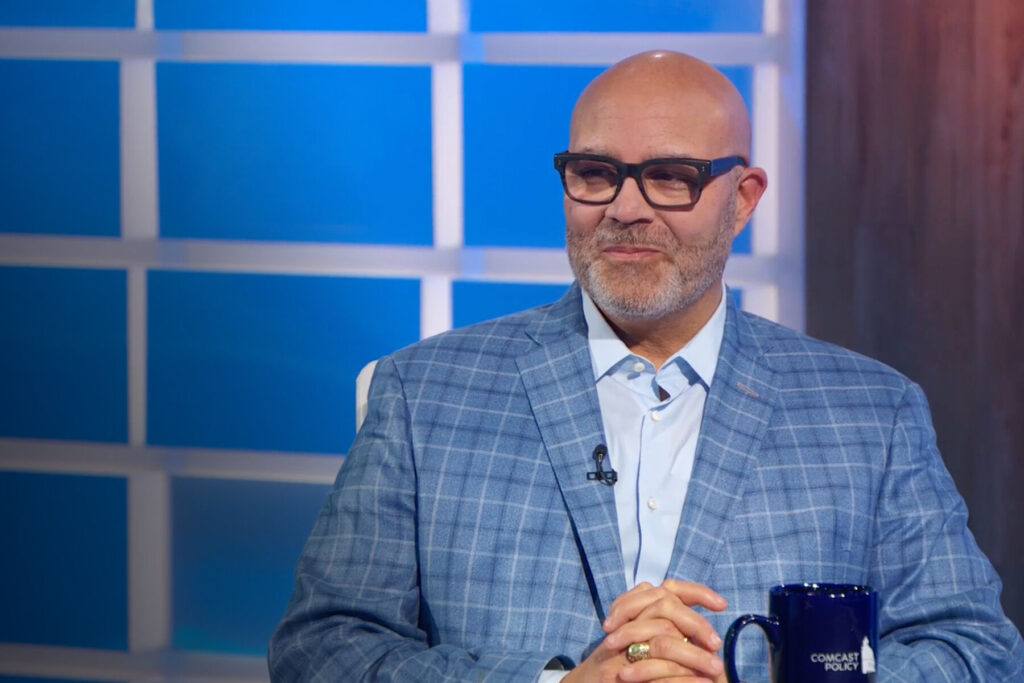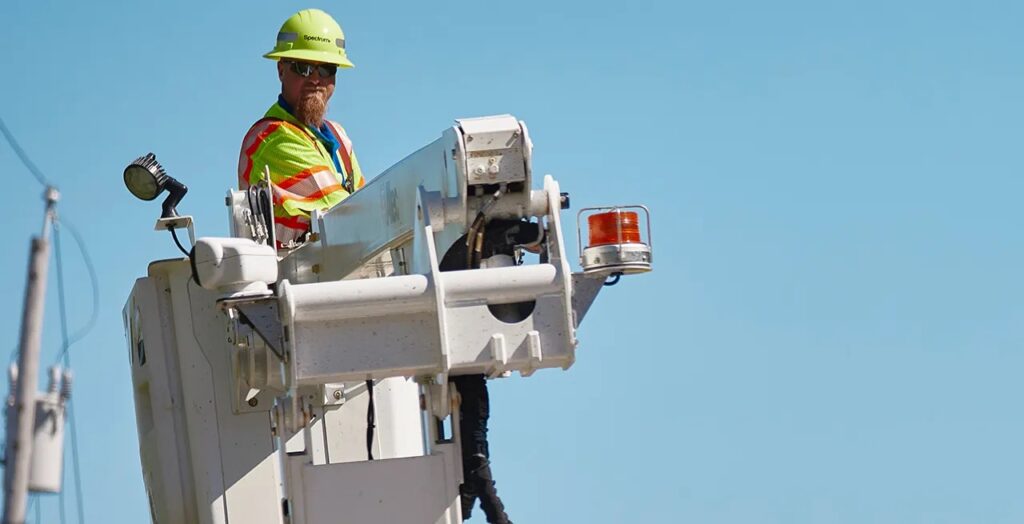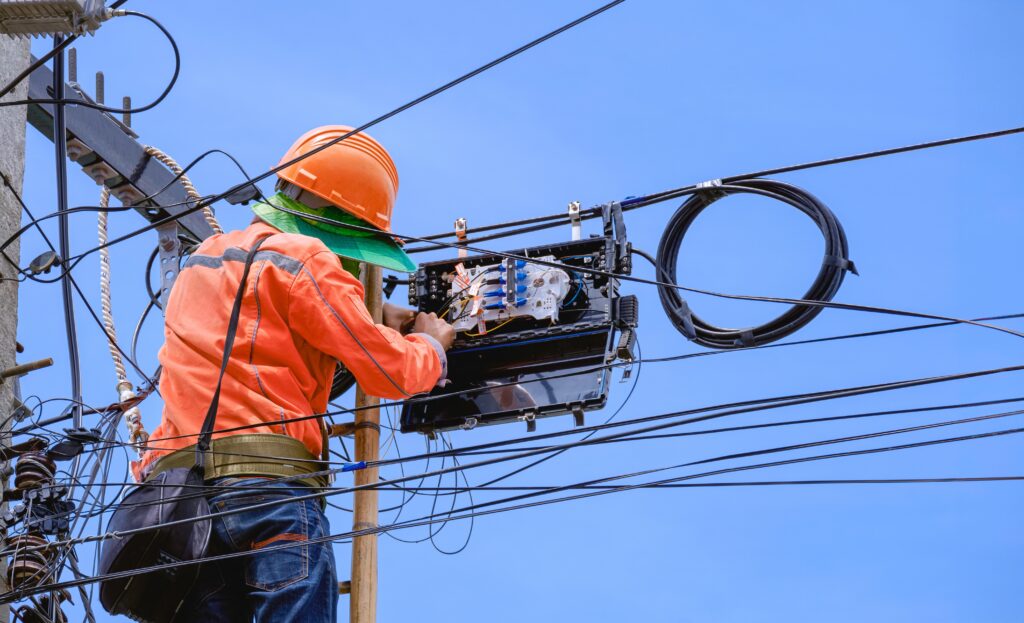As Congress moves forward on the bipartisan infrastructure package, America’s broadband leaders are continuing their work to extend superfast networks to all Americans, from large urban communities to far-out mountain towns. And while federal funding will be important to help close gaps and jumpstart projects in traditionally difficult-to-serve regions, these areas are just a small percentage of the country. That’s because cable (and other) internet service providers have been investing in and upgrading networks in urban and rural communities for decades.
In fact, cable internet providers alone have invested $172B in broadband infrastructure and networks from 2011-2020. Because of that continued commitment, broadband networks are available to more people regardless of where they live.
Since 2019, cable’s broadband service is available to 1.3 million additional homes, including over 340,000 homes in rural and remote areas. Private investment built the robust and resilient network that stood up to the massive shift in internet traffic since the start of the COVID-19 pandemic. Supplemental federal funds will help jumpstart challenging projects to connect the most difficult communities to access, on top of the billions invested in private capital every year.
With a variety of technologies, modern broadband networks use innovative solutions to best serve each community. Cable’s hybrid fiber coaxial networks (also known as HFC networks) continue to improve their speed and capacity every year. With over 1.7 million miles of fiber-optic and coax within cable broadband networks across the country, these scalable and robust networks are now on the path to 10G.
The state of America’s internet infrastructure is strong, and properly targeted federal funds will help fill the gaps and make it even stronger. The cable industry will continue investing, upgrading and expanding its networks to serve Americans no matter where they live.








